
GALLERY
ABOUT US
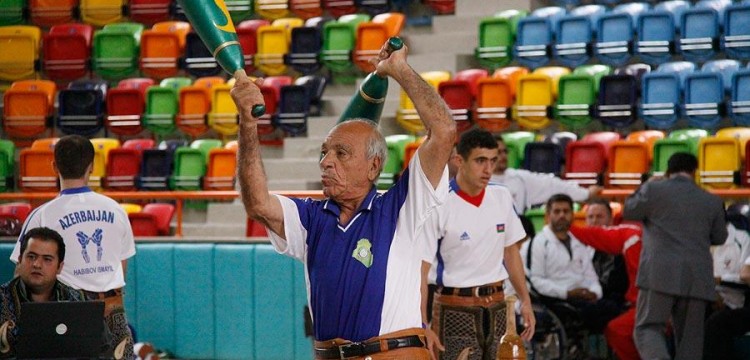
Dr. Alireza Hassas Rudsari; Head of the Education Committee of the International Sports Federation Hai Zorkhane and a member of the Sports Medicine Center of the National Olympic and Paralympic Academy of Iran; This article was presented in 2016 at the World Congress of Popular Sports in Busan, South Korea. chronic conditions and restrictions Those who have impaired movement, physical fitness and physical activities should have appropriate physical activity.
A group consisting of experts in the field of community health, science In 2007, behavior, epidemiology, sports science, medicine and gerontology prepared guidelines for the physical activity of the elderly. has paid attention, activities that increase physical flexibility and balance exercises are recommended for the elderly who are prone to falling. In addition, the elderly must Have a special exercise program to perform the physical activity required for prevention and recommended treatment. Encouraging the elderly to exercise should include aerobic activities with moderate intensity, increasing muscle strength, reducing the desire for immobility and risk management.
Exercises cover all elements necessary for physical activity for the elderly. Therefore, it is a very powerful way to increase the health level of the elderly and fight their inactivity.
Introduction
This prescription is for all seniors aged 65 years and older and middle-aged 50-64 years who have a clinically significant chronic disease or functional limitation. have limited mobility, physical fitness, and physical activities. According to this guideline, chronic diseases are clinically important when they require regular care and treatment. Therefore, middle-aged people aged 50 to 65 whose chronic disease does not affect their ability to move (such as controlled blood pressure) should use the instructions of adults. >
Regular sports activity that includes aerobic activity and muscle strength is necessary for all seniors. This preventive instruction describes how to perform each of the mentioned activities for the elderly in order to reduce the risk of chronic diseases, premature mortality, functional limitations and disability.
Aerobic activities
For To maintain and promote health, the elderly should have aerobic activity that lasts at least 30 minutes if it is of moderate intensity and is repeated 5 days a week, and if it is of high intensity it lasts at least 20 minutes and is repeated 3 days a week. You can use a combination of aerobic activities with the mentioned intensities in your program. Aerobic activity with moderate intensity is an activity that requires moderate power according to the person's aerobic power. In a scale of 10, if sitting is zero and full activity is 10, moderate intensity activity will be 5 or 6, which causes a significant increase in heart rate and breathing. Based on this scale, intense activity is an activity that is 7 or 8 and causes a large increase in heart rate and breathing. This is the recommended amount in addition to normal daily activities (such as cooking, casual walking, and shopping) and moderate-intensity activity that lasts less than 10 minutes (such as walking around the house or work, or walking from the park). car).muscular strength
to maintain and improve the health of the elderly from activity Those that maintain and improve muscle strength and endurance, provided that they are performed two days a week, they benefit a lot. It is recommended that 8 to 10 exercisesin two or more non-consecutive days be done that includes the group major muscle groups. To develop maximum muscles, a weight should be used that allows repetition of 10 to 15 movements. The intensity of the force used for these exercises should be moderate to intense. In a scale of 10, if sitting is 0 and full activity is 10, the activity with moderate intensity is 5 or 6, and based on the same scale, intense activity is activity that is 7 or 8. Activities that increase muscle strength include strength programs, light sports without equipment and endurance sports that the group include the major muscles.
Flexibility exercises
In order to have the necessary flexibility to perform daily activities, the elderly should perform movements for this purpose at least two days a week that last 10 minutes or more.
Balance exercises
To reduce injuries caused by falling, all the elderly and especially the elderly living in social housing and the risk Falling threatens them more, they should do exercises to maintain balance.
Recommendation integration Preventive and therapeutic activities
Elderly people who suffer from one or more diseases in which sports activities play a therapeutic role should be Engage in activities that are effective in treating their disease. Also, in order to prevent new problems, they should also implement the program provided in this instruction. When chronic disease prevents the minimum preventive physical activity, the elderly should do physical activity according to their health and ability to avoid inactivity.
Activity program
All seniors should have a specific activity program that includes all the elements mentioned. In addition to this, to specify each program Activities should be done carefully about the manner, place and time of each of them. Those who do physical activities have a therapeutic role should have a specific plan to do these activities. For the elderly who do not have the mentioned minimum activity, the program should be increased gradually and divided into several meals of 10 minutes or more in order to eventually reach a training meal with a suitable duration. month Exercising to a lesser extent than the mentioned amount can be useful for some elderly people because they gradually reach the level of physical fitness suitable for doing exercises. The elderly should be encouraged to manage their own training program and reschedule their training as time passes and they gain more ability to reach the desired level.
The benefits of regular physical activity in the elderly
Advantages Regular physical activity is very important in the elderly, and one of them is that it reduces the risk:
• Cardiovascular diseases
• stroke caused by blood clots
• Blood pressure
• Type 2 diabetes
• osteoporosis
• Obesity
• colon cancer
• Breast cancer
• Anxiety
• Depression
There is evidence that regular physical activity plays a role in reducing the risk of conditions that are most common in the elderly, including :
• Falling injuries
• Preventing or reducing functional limitations
• Effective treatment in many chronic diseases
found Clinicians have specified the therapeutic role of regular physical activity in the following cases:
• Coronary heart disease
• Blood pressure
• Peripheral vascular disease
• Type 2 diabetes
• Obesity
• high cholesterol
• osteoporosis
• osteoarthritis
• Lamp
• Chronic Obstructive Pulmonary Disease
Physical activity plays a role in the treatment of the following cases based on clinical findings:
• disease anxiety and depression
• dementia or dementia
• pain
• Congestive heart failure
• Syncope
• stroke
• Pharmaceutical prevention of venous thromboembolism
• Back pain
• Constipation
There is evidence that physical activity in the prevention or prevention of Cognitive abnormalities and disability and is effective in improving sleep.
Exercises
A vigorous exercise includes various activities that cover all the mentioned activities in the elderly.
Rhythmic running with a sound board, back board exercises, pedaling and wheel are all movements that increase cardiorespiratory endurance in strength sports.
Not only All kinds of exercises such as sitting on the back of the board, kicking, holding the bar, playing with the barbell, and doing push-ups and the wheel increase muscle endurance, but they are also quite effective in the range of motion and flexibility of the joints of the upper and lower limbs.
/> Regarding balance exercises, all kinds of curls, floorboards and wheels in the gym are movements that increase balance in the elderly.
Gripping stones, hearing, bending and grinding increase muscle strength.
One arm strength training with 8 to 10 repetitions of each movement for about 45 minutes. It takes a long time and this sport is one of the high intensity sports. To increase the level of health in the elderly, if a sport is classified as high-intensity sports, it should be repeated for at least 20 minutes three times a week, and if it is a medium-intensity sport, it should be repeated for at least 30 minutes 5 days a week. >.
Variety of movements, accompanied by percussion, reading epic and spiritual poems and prayer at the end of the exercise not only increase physical strength but also strengthen the elderly mentally. Therefore, the lost self-confidence of the elderly due to sedentary life is regained.
Encouraging the elderly to do vigorous exercise It increases their physical and mental health.
Safety Tips< br /> Observing safety tips at all times is obligatory for all people. Correct habits and compliance with safety tips are mandatory in the implementation of all sports movements. By using simple and helpful instructions, you will feel better, look fitter and exercise healthier.
References
1. Abbott, R., L. White, G. Ross, K. Masaki, J. Curb, and H. Petrovitch. Walking and dementia in physically capable elderly men. JAMA 292(12):1447-1453, 2004.
2. AGS Panel on Persistent Pain in Older Persons. The management of persistent pain in older persons. J. Am. Geriatr. Soc. 50(6 Suppl):S205-S224, 2002.
3. American College of Cardiology/American Heart Association. Methodology Manual for ACC/AHA Guideline Writing Committees. American College of Cardiology Foundation and the
American Heart Association, Inc. 2006.
4. American College of Rheumatology. Recommendations for the medical management of osteoarthritis of the hip and knee: 2000 update. American College of Rheumatology Subcommittee on Osteoarthritis Guidelines. Arthritis Rheum. 43:1905-1915, 2000.
5. American College of Sports Medicine Position Stand. The recommended quantity and quality of exercise for developing and maintaining cardiorespiratory and muscular fitness, and flexibility in healthy adults. Med. Sci. Sports Exerc. 30:975-991, 1998.
6. American College of Sports Medicine. Position stand. Exercise and hypertension. Med. Sci.
Sports Exerc. 36:533-553, 2004. 7. American Geriatrics Society, British Geriatrics Society, and American Academy of Orthopedicsc Surgeons Panel on Falls Prevention. Guideline for the prevention of falls in older persons. J. Am. Geriatr. Soc. 49:664-672, 2001.
8. American Geriatrics Society. Exercise prescription for older adults with osteoarthritis pain:
consensus practice recommendations. A supplement to the AGS Clinical Practice Guidelines on the management of chronic pain in older adults. J. Am. Geriatr. Soc. 49:808-823, 2001.
9. Brosse, A., E. Sheets, H. Lett, and J. Blumenthal. Exercise and the treatment of clinical depression in adults: recent findings and future directions. Sports Med. 32:741-760, 2002.
10. Buchner, D., and E. Coleman. Exercise considerations in older adults: intensity, fall
prevention, and safety. Phys. Med. Rehabil. Clin. N. Am. 5:357-375, 1994.
11. Centers for Disease Control and Prevention. Prevalence of physical activity, including lifestyle activities among adults - United States, 2000-2001. MMWR 52:764-769, 2003.
12. Franklin, B., M. Whaley, and E. Howley. ACSM's Guidelines for Exercise Testing and
Prescription. 6th edition. 137-164, 2000.
13. Geliebter, A., M. Maher, L. Gerace, B. Gutin, S. Heymsfield, and S. Hashim. Effects of strength or aerobic training on body composition, resting metabolic rate, and peak oxygen consumption in obese dieting subjects. Amer. J. Clin. Nutr. 66:557-563, 1997.
14. Gordon, N., M. Gulanick, F. Costa, et al. Physical activity and exercise recommendations for stroke survivors: an American Heart Association scientific statement from the Council on Clinical Cardiology, Subcommittee on Exercise, Cardiac Rehabilitation, and Prevention; the
Council on Cardiovascular Nursing; the Council on Nutrition, Physical Activity, and
Metabolism; and the Stroke Council. Circulation 109:2031-2041, 2004.
15. Haskell W. L., I. M. Lee, R. R. Pate, K. E. Powell, S. N. Blair, B. A. Franklin, C. A. Macera, G.
W. Heath, P. D. Thompson, and. A. Bauman. Physical activity and public health: updated recommendations for adults from the American College of Sports Medicine and the American Heart Association. Med. Sci. Sports Exerc. 39:1423--1434, 2007.
16. Health Canada. Canada's Physical Activity Guide to Healthy Active Living for Older Adults.
Ottawa, Ontario, Canada, 1999.
17. Hootman, J., C. Macera, B. Ainsworth, C. Addy. , M. Martin, and S. Blair. Epidemiology of musculoskeletal injuries among sedentary and physically active adults. Med. Sci. Sports
Exerc. 34:838-844, 2002.
18. Janssen, I., and C. Jolliffe. Influence of physical activity on mortality in the elderly with coronary artery disease. Med. Sci. Sports Exerc. 38:418-423, 2006.
19. King, A., R. Oman, G. Brassington, D. Bliwise, and W. Haskell. Moderate-intensity exercise
and self-rated quality of sleep in older adults. A randomized controlled trial. JAMA 277:32-37,
1997.
20. King, A., L. Pruitt, W. Phillips, R. Oka, A. Rodenburg, and W. Haskell. Comparative effects of two physical activity programs on measured and perceived physical functioning and other health-related quality of life outcomes in older adults. J. Gerontol. A Biol. Sci. Med. Sci.
55(A):M74-M83, 2000.
21. Larson, E., L. Wang, J. Bowen, et al. Exercise is associated with reduced risk for incident
dementia among persons 65 years of age and older. Ann. Inter. Med. 144:73-81, 2006.
6
22. LIFE Study Investigators. Effects of a physical activity intervention on measures of physical
performance: results of the Lifestyle Interventions and Independence for Elders Pilot (LIFE-P)
Study. J. Gerontol. A Biol. Sci. Med. Sci. 61A(11):1157-1165, 2006.
23. Nelson, M., J. Layne, M. Bernstein, et al. The effects of multidimensional home-based
exercise on functional performance in elderly people. J. Gerontol. A Biol. Sci. Med. Sci.
59A(2):154-160, 2004.
24. Penninx, B., S. Messier, W. Rejeski, et al. Physical exercise and the prevention of disability in activities of daily living in older persons with osteoarthritis. Arch. Intern. Med. 161:2309-2316,
2001.
25. Pollock, M., B. Franklin, G. Balady, et al. AHA Science Advisory. Resistance exercise in
individuals with and without cardiovascular disease: benefits, rationale, safety, and
prescription: an advisory from the Committee on Exercise, Rehabilitation, and Prevention,
Council on Clinical Cardiology, American Heart Association; Position paper endorsed by the American College of Sports Medicine. Circulation 101:828-833, 2000.
26. Robertson, M., A. Campbell, M. Gardner, and N. Devlin. Preventing injuries in older people by preventing falls: a meta-analysis of individual-level data. J. Am. Geriatr. Soc. 50:905-911,
2002.
27. Sigal, R., G. Kenny, D. Wasserman, and C. Castaneda-Sceppa. Physical activity/exercise
and type 2 diabetes. Diabetes Care 27: 2518-2539, 2004.
28. Thompson, P., D. Buchner, I. L. Piña, et al. Exercise and physical activity in the prevention
and treatment of atherosclerotic cardiovascular disease: a statement from the Council on
Clinical Cardiology (Subcommittee on Exercise, Rehabilitation, and Prevention) and the
Council on Nutrition, Physical Activity, and Metabolism (Subcommittee on Physical Activity).
Circulation 107:3109-3116, 2003.
29. Tseng, B., D. Marsh, M. Hamilton, and F. Booth. Strength and aerobic training attenuate muscle wasting and improve resistance to the development of disability with aging. J.
Gerontol. A Biol. Sci. Med. Sci. 50 Spec No:113-119, 1995.
30. U.S. Department of Health and Human Services. Strength training among adults aged >65
years - United Stat
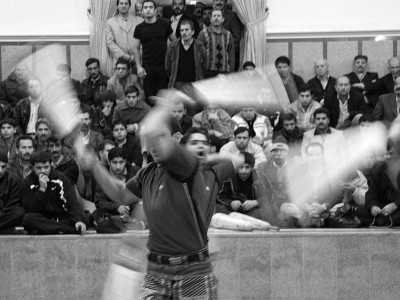
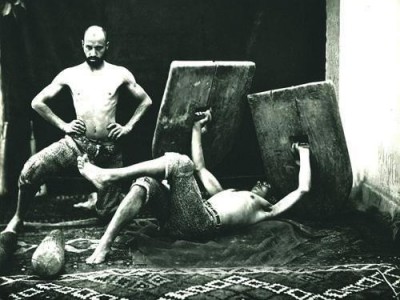
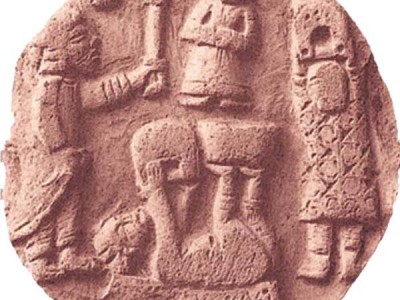
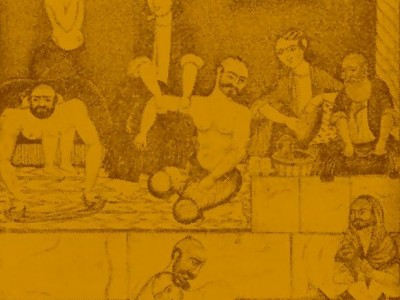
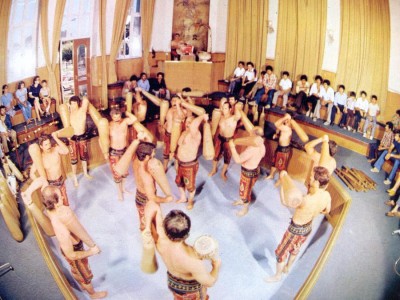
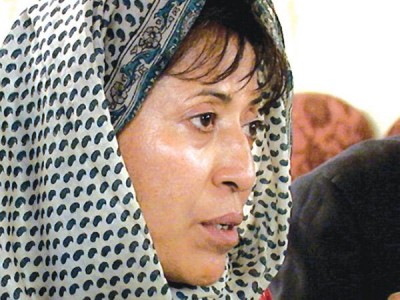

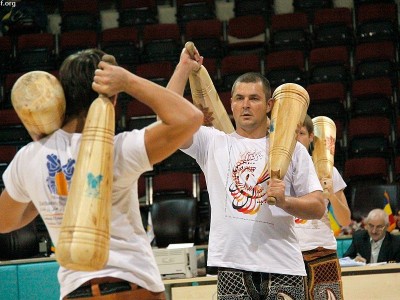
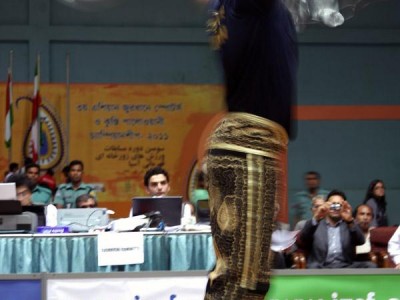
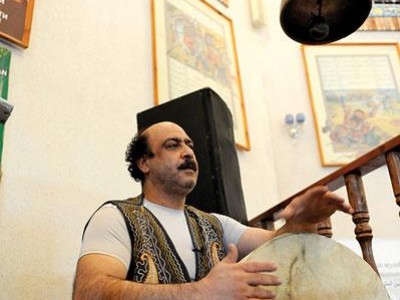
Contact Us
International Zurkhaneh Sports and Koshti Pahlavani Federation
Address: Iran, Tehran, Artesh Highway, Mini City, Naft Town, Suleiman Mosque Square, Sarai Mahalle Corner, Zorkhaneh Shahadai, Naft Town,
Postal Code: 1955673172
Contact number: 22495935
Subscribe now
Do not miss our latest news and reports.
Zorkhane is the house of strength, the ritual of hard work, cultivating the spirit of generosity, chivalry, patriotism and a combination of sports, art and politeness.
The traditional sport of Zorkhaneh is the sport of values. In its thousands of years of history, this traditional sport has played an important role in people's strength and physical and mental fitness. Zorkhane sport is a cultural and spiritual heritage and a good source for the development of public sports.
